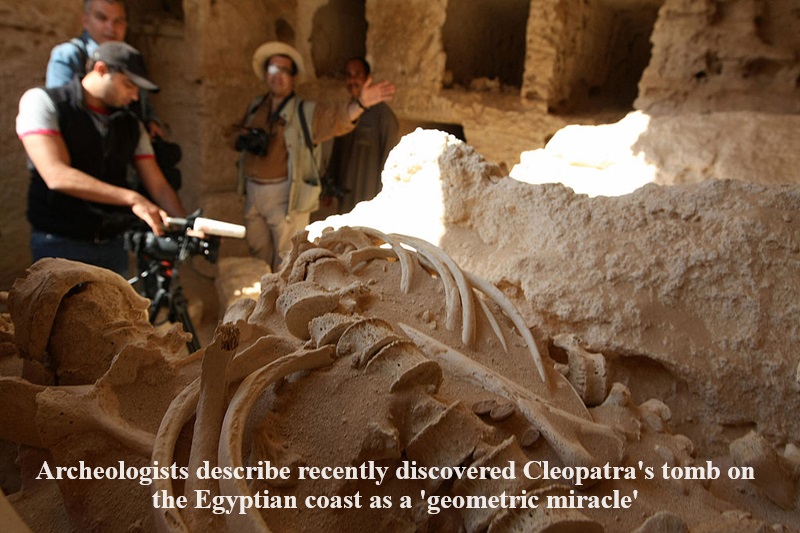
Researchers who were on the quest to discover Cleopatra’s tomb have uncovered a remarkable tunnel at Taposiris Magna on the Egyptian coast. Led by Kathleen Martinez from the University of Santo Domingo, the study describes the tunnel as a “geometric miracle.” Situated beneath a temple, the tunnel is 2 meters tall and extends an impressive 1,305 meters through sandstone, bearing similarities to the renowned Tunnel of Eupalinos on the Greek island of Samos, known for its engineering brilliance in the 6th century BCE.
While not an exact replica, the Taposiris Magna tunnel stands as an engineering feat of its own. Despite its structural resemblance to the Tunnel of Eupalinos, the purpose of the Taposiris Magna tunnel remains mysterious. Although parts of it are submerged, echoing the Eupalinos Tunnel, its function has not been definitively determined by the Egyptian Ministry of Tourism and Antiquities.
Kathleen Martinez, who has been searching for Cleopatra VII’s tomb since 2004, sees the tunnel as a potential breakthrough. The temple, established around 280 BCE and dedicated to Osiris and Isis, deities associated with Cleopatra, holds clues such as coins and figurines that suggest Cleopatra and Mark Antony may have been interred in similar tombs.
The ongoing exploration’s next phase involves investigating the Mediterranean Sea, where earthquakes between 320 and 1303 CE caused parts of the temple to collapse into the waves. Previous excavations uncovered tunnels extending from Lake Mariout to the Mediterranean. Whether Cleopatra’s tomb is within these tunnels or not, the ongoing excavations promise valuable insights into the mysteries of the ancient city.

Post Your Comments